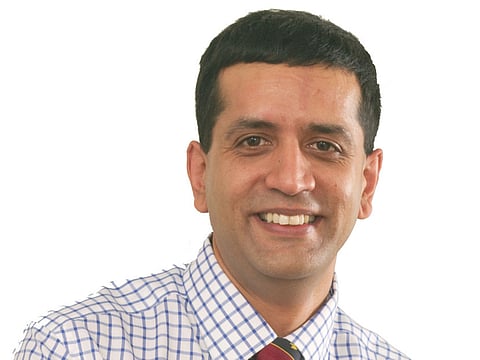How to ensure a safe hair transplantation
Strict regulations and availability of reliable expertise and post-procedure care make UAE a good choice

Dubai Hair transplantation has become quite popular among men and women facing hair loss and hair thinning. But with recent reports in the media showing the dangers people face when having hair transplantation or any other form of cosmetic surgery, it is important to know what one should consider before going in for any such procedure. Just like any other cosmetic procedure, minor or major, there are risks involved with hair transplantation and that’s why it should be done by a team of qualified physicians and professionals. They must be trained to perform the procedure by following the highest standards to safeguard the patient’s life.
If you are living in the Middle East, the UAE would be the most recommended destination to have a hair transplant. This is due to a number of reasons which includes the Ministry Of Health’s strict regulations and the availability of reliable expertise of plastic surgeons and post-procedure care. Hair transplant might be classified as a minor and less invasive procedure but it is still a surgery, and needs to be done only by medical professionals. The latest technique in hair transplantation is known as micro-grafting stem-cell FUE which is classified as a non-surgical or minimally invasive transplant. This requires it to be done under local anaesthesia whereby some follicles from a donor area, which is typically the back portion of the head. These extra hair follicles are harvested and shifted to areas where the hair thinning is more prominent and where the person has lost the hair.
After the transplantation has been done, the surrounding native hair, which is still susceptible to hair thinning, is treated with growth factor therapy. Monthly sessions of hair growth therapy starts two months after the hair transplant procedure and is continued once a month for the next six months.
The objective of hair maintenance treatment is to prevent further thinning of the original hair that surrounds the transplanted hair, thereby completing the picture of restoration. The transplanted hair starts to grow after three to six months with final results appearing between nine and 12 months. This transplanted hair is natural and can/should be treated just like the native natural hair because that is what it is. Hair transplantation can also be done for facial hair including eyebrows, eyelashes and beard.
(The author is consultant plastic and reconstructive surgeon at the Dubai Cosmetic Surgery Clinic)
Sign up for the Daily Briefing
Get the latest news and updates straight to your inbox



